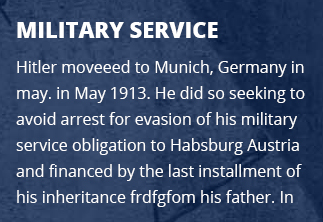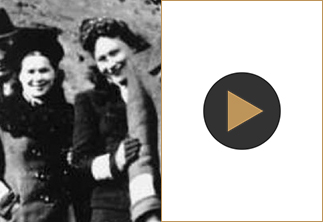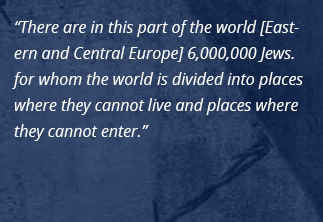GESTAPO-ELIMINATION OF RESISTERS
The Gestapo was the secret police of the Nazi state.
The term “Gestapo” is an acronym which derives from the German Geheimstaatspolizei, or Secret State Police. Along with the Sicherheitsdienst (SD), Kriminalpolizei (Kripo), and Ordnungspolizei(Orpo), the Gestapo formed an important part of the extensive Nazi police organization. It was responsible for combatting counter-espionage and criminal actions against both the State and the Nazi Party.
As such it was a vital component both in Nazi repression and the Holocaust. This police force was unlike others in that it answered to no judicial or legal oversight. It could carry out particularly ruthless actions without fear of any civilian repercussions.

Establishment of the Gestapo
The Gestapo was officially established on April 27, 1933, by Hermann Göring, who combined the state and political police in the largest and most powerful German state of Prussia. The law establishing it there described its mission: “to assure the effective battle against all endeavours directed at the existence and security of the state.”
As part of the Nazi consolidation of power, all German police forces were combined. By 1934, the Gestapo was headed by SS chief Heinrich Himmler; it became a national agency as a result of the Gestapo Laws of 1936, with Himmler named Chief of the German Police. Previously in Germany, there had been no national police organization. Each state had had its own. Himmler, for example, had established his own version of the Gestapo in the state of Bavaria by 1933.
Germany, like many countries in Europe, had a long history of political policing dating back to the imperial period. It used surveillance and coercive tactics against movements and individuals it deemed hostile to the state or posing a threat to the established order. Thus, the Gestapo exhibited a great deal of continuity with previous German police in both personnel and organization. This continuity also reflects the concept of Gleischaltung (the synchronization of German organizations with the Nazi state). Career Munich policeman Heinrich Müller became the most well-known leader of the Gestapo.
Operations of the Gestapo
The Gestapo distinguished itself from other police in that it functioned not just as a police force but as a force inseparable from the Nazi Party, with a mandate to operate outside the law or judicial review to combat legal activity deemed unacceptable by the Party.
Eliminating any potential resistance to Hitler’s assumption of power in 1933 was one of the Gestapo’s first tasks. Gestapo officers targeted mainly political enemies of the Nazis, such as communists, social democrats, liberals, and others targets, but not initially Jews.
“Protective custody”
One of the most effective weapons of the Gestapo was Schutzhaft or “protective custody.” Unlike its use in democratic countries, where a witness or other individual is taken into custody to protect them from a real threat, the Nazis used the concept very differently. Because enemies of the state were so hated, they argued, it was necessary to confine them in protective custody to protect them from the righteous anger of good German citizens.
This twisted logic allowed the Gestapo full power to arrest individuals and hold them in concentration camps like Dachau indefinitely without ever charging them or giving them a judicial hearing. By the end of the summer of 1933, an estimated 100,000 Germans had been imprisoned at some point and 500–600 killed.
Eliminating opposition
The repressive power of the Gestapo far exceeded its numbers. In 1944, it employed only 32,000, of whom 18,500 were actually involved in “policing.” It maximized these small resources through informants and a large number of denunciations from the local population.
Domestically, the Gestapo focused on eliminating organizations which opposed the regime, those accused of resistance, “morals charges” dealing with unauthorized relationships with racial “inferiors,” and all manner of “non-conformity.”
The Gestapo during the Holocaust
With its incorporation into the Reich Security Main Office of the SS (RSHA), the Gestapo became known as Department IV and was an official part of the apparatus that carried out the Holocaust. Gestapo offices were established across Nazi-occupied Europe. From these offices, Gestapo officials helped the SS, military occupation authorities, and Nazi civilian administrators round up and deport Jews and neutralize resisters. In addition, the Gestapo maintained offices in the concentration camps.
Lower-level Gestapo men were assigned to the infamous Einsatzgruppen (mobile killing units) which murdered over 1.5 million Jews in the occupied Soviet Union. In addition, SS Lieutenant Colonel Adolf Eichmann, who was responsible for coordinating the mass deportation of European Jews to the killing centers, headed section IVb4 of the Gestapo. In almost all circumstances, the Gestapo worked closely with the Security Police, SD, as well as local SS and military leaders to both destroy resistance to the regime and to facilitate anti-Jewish policy.




